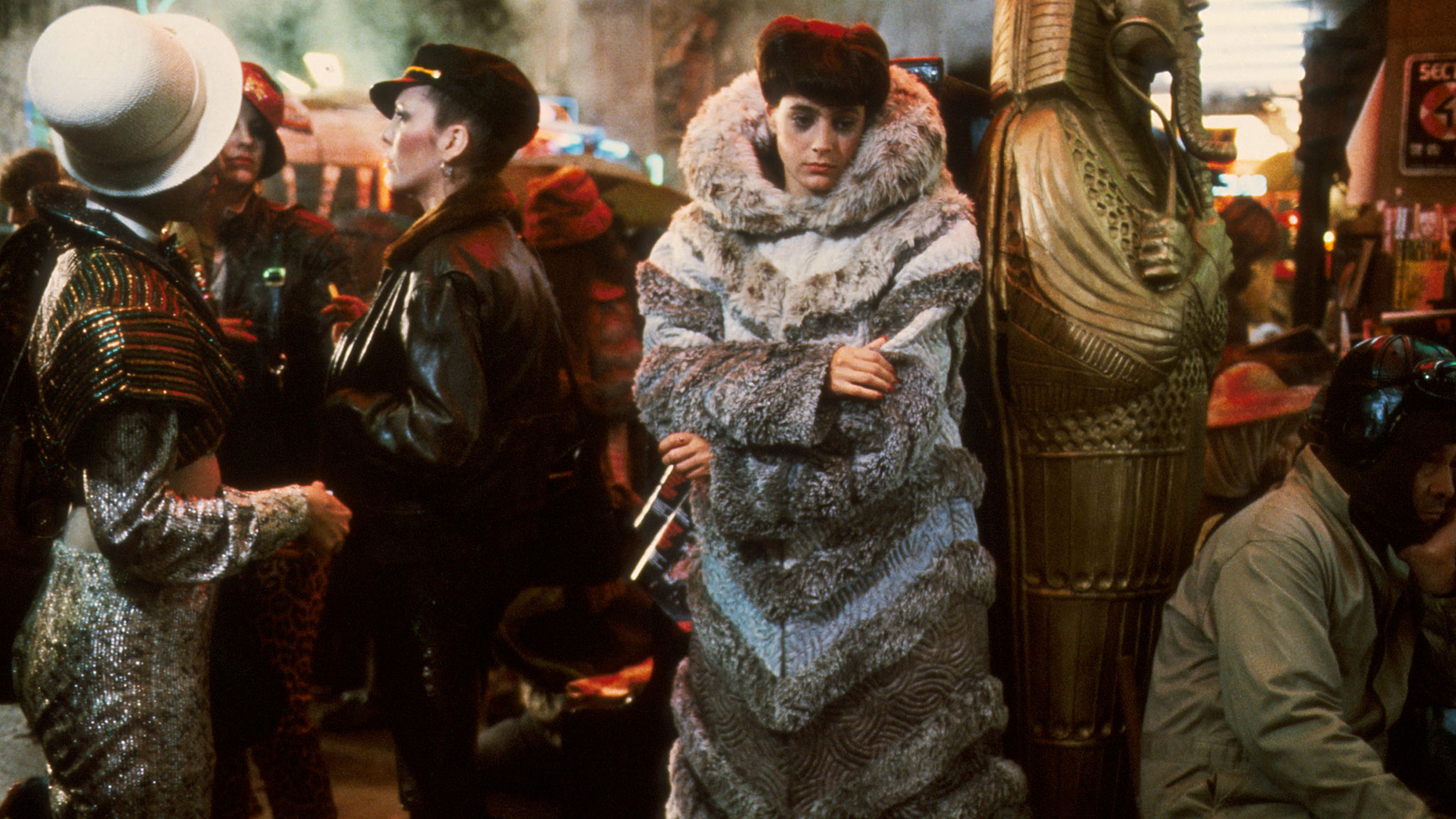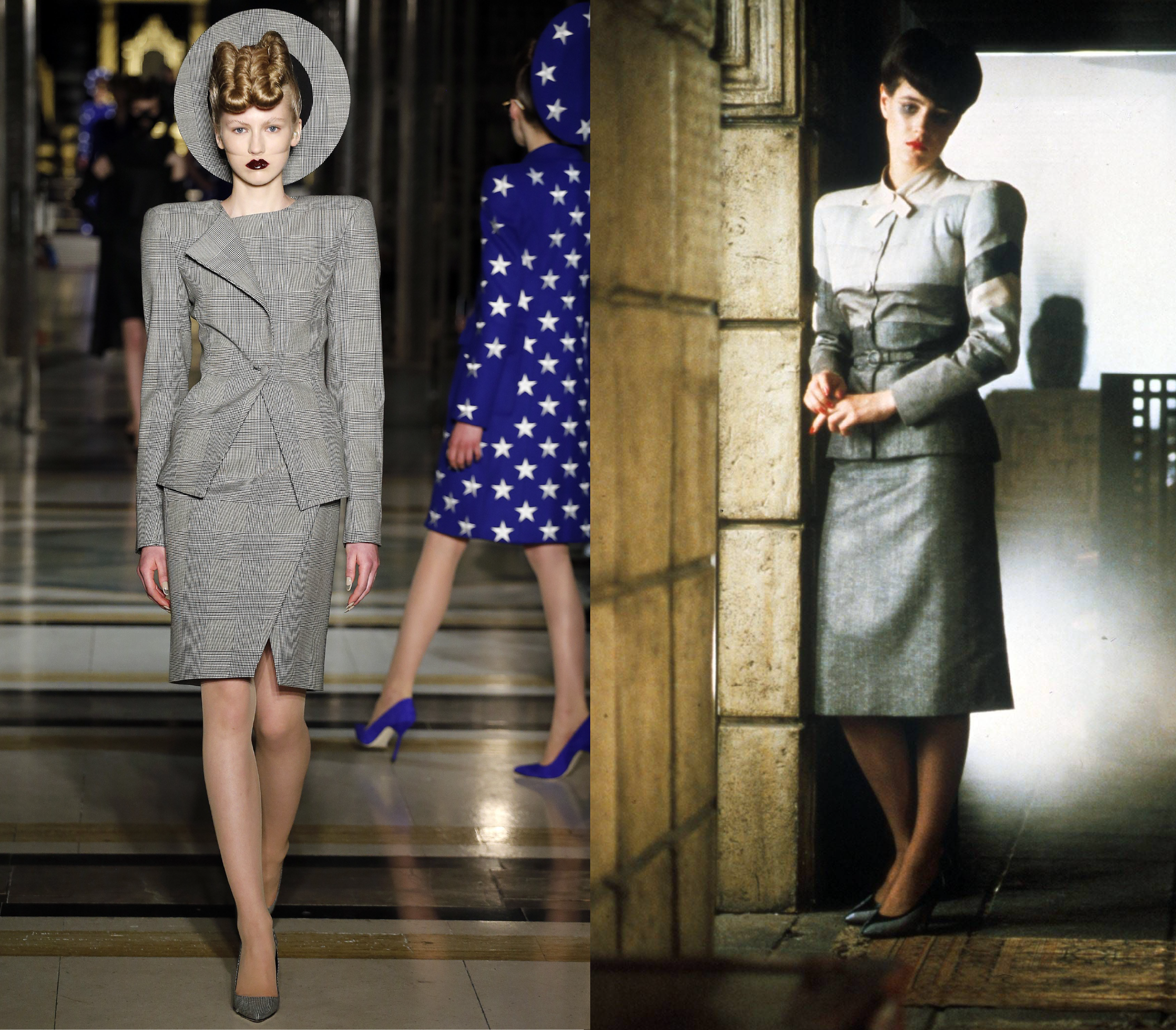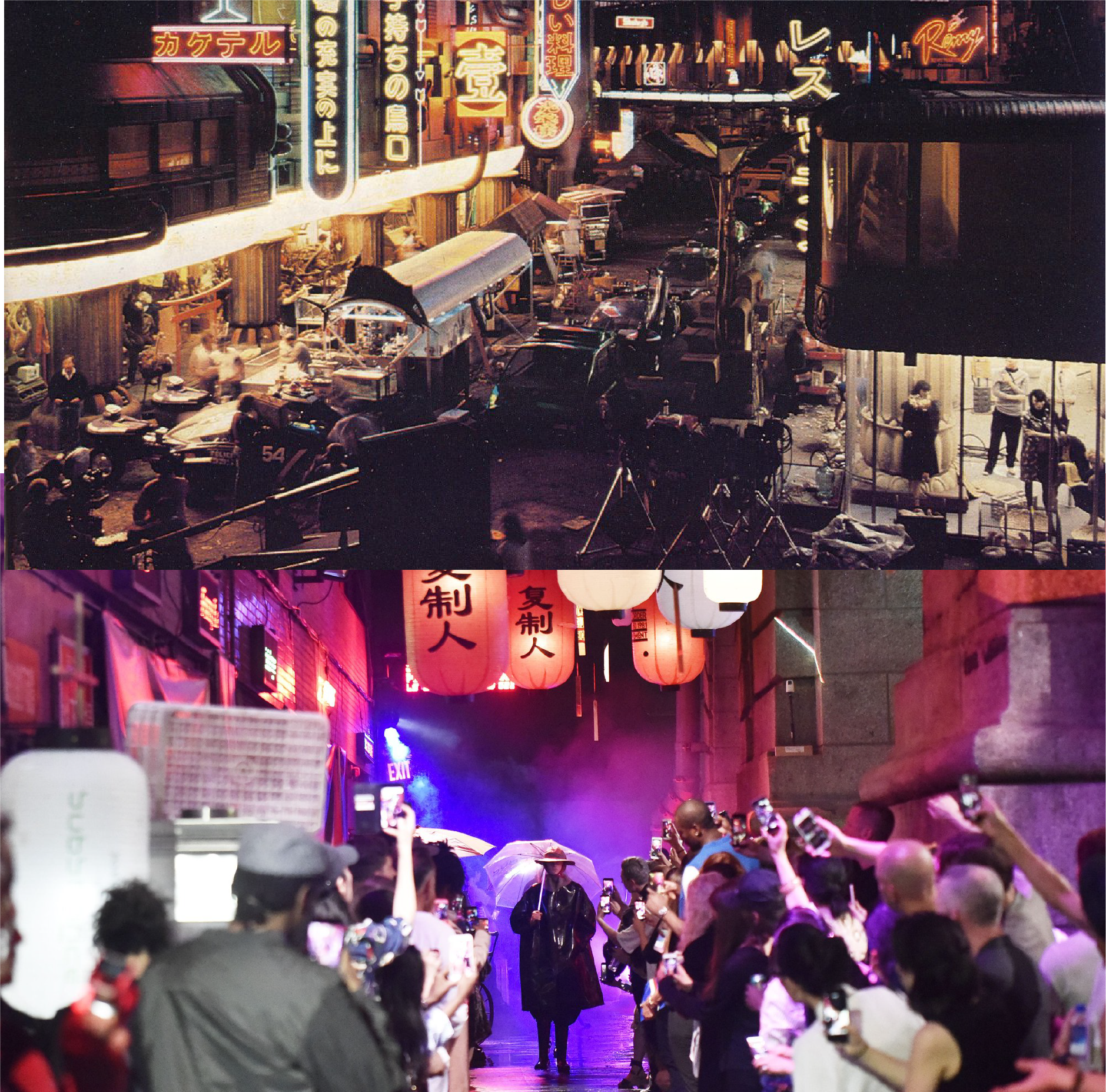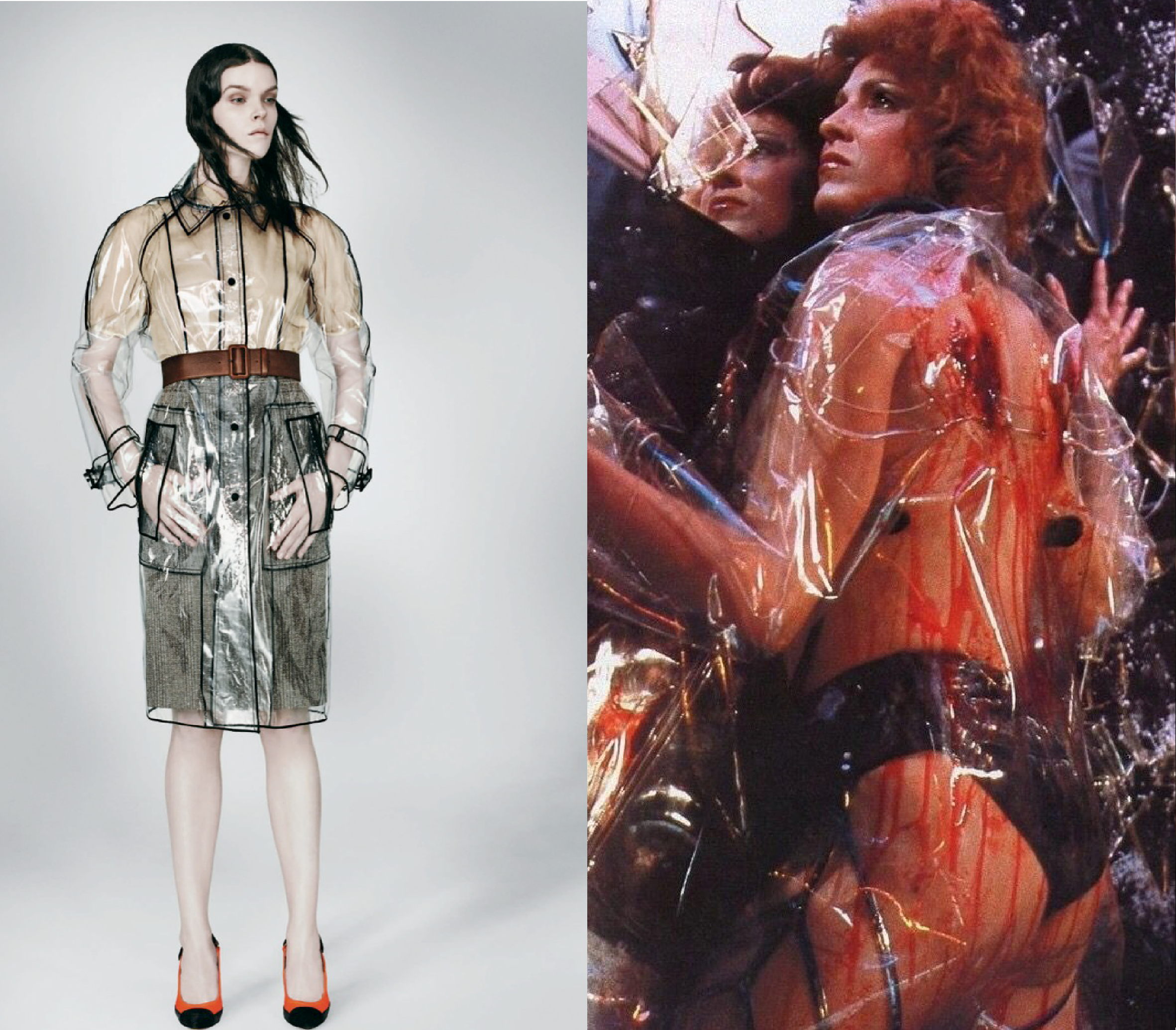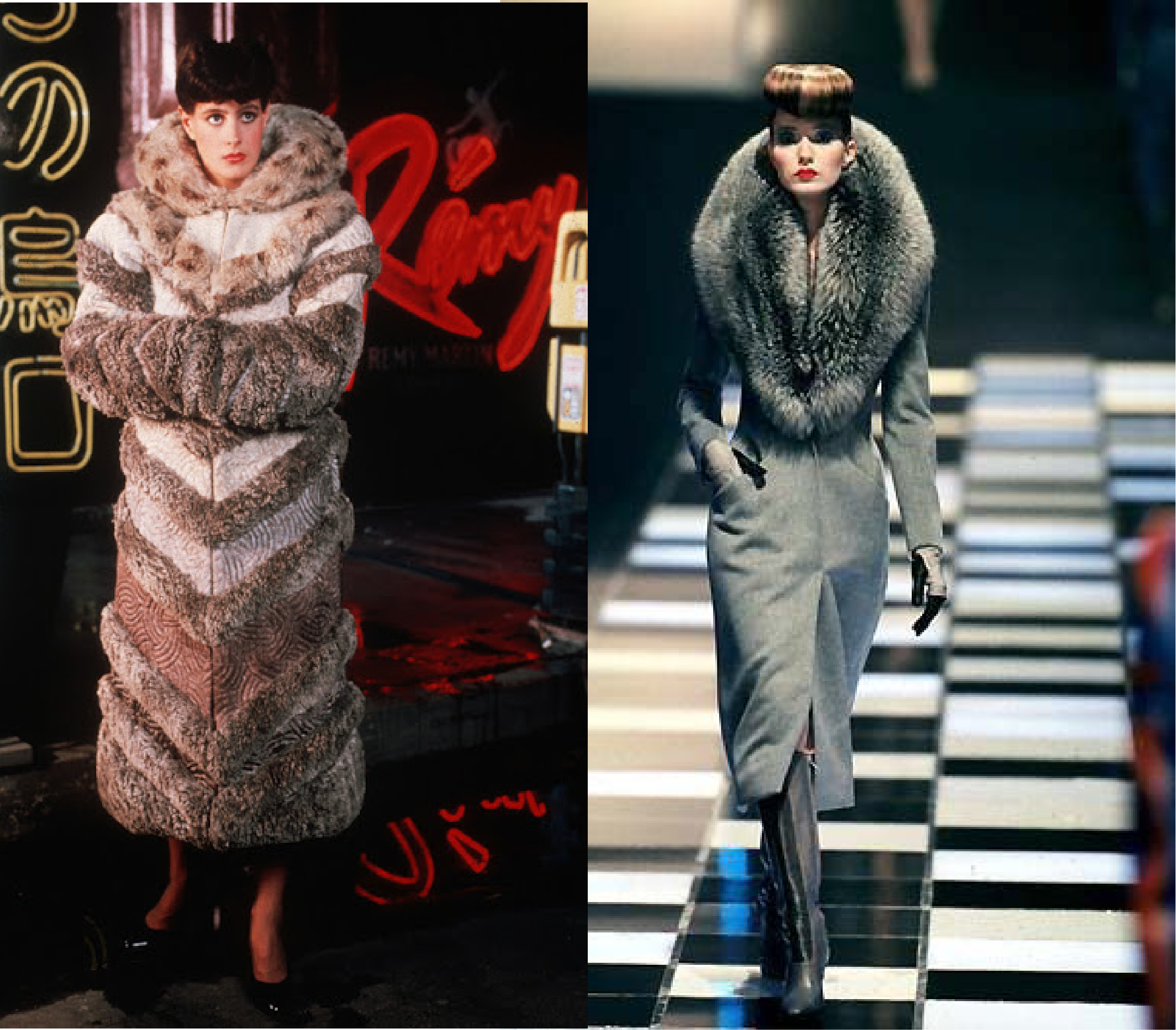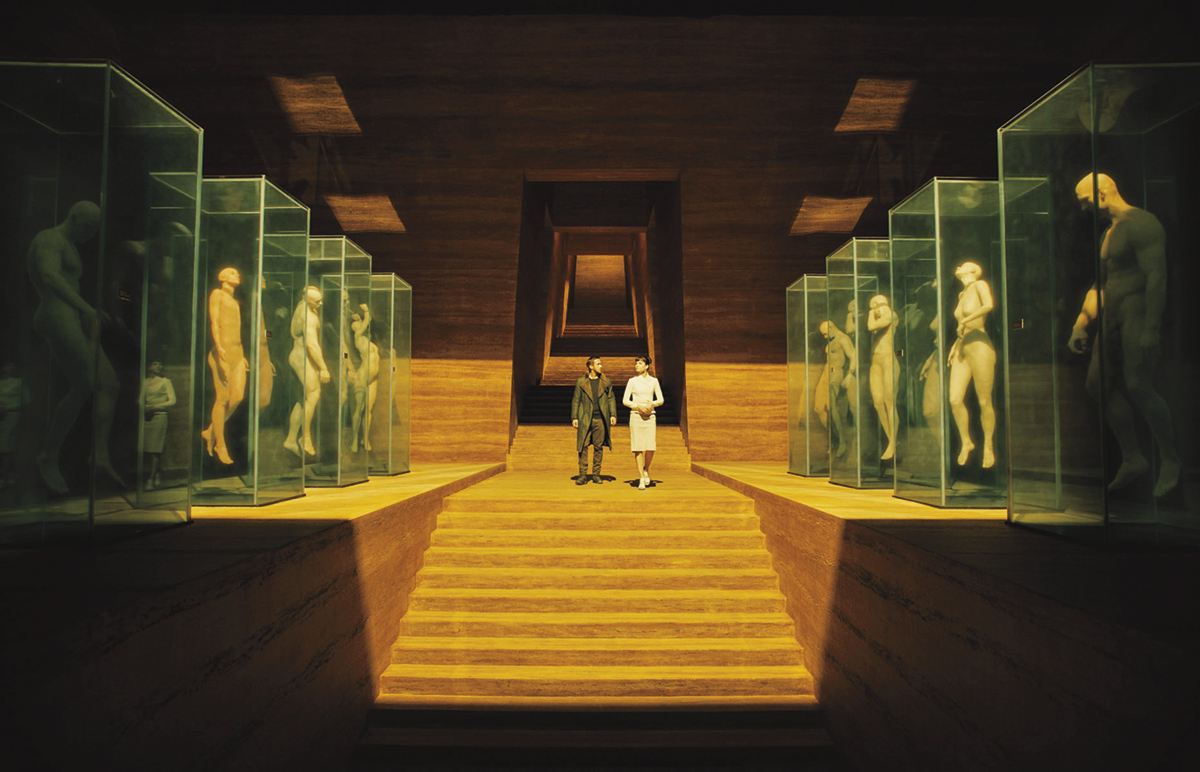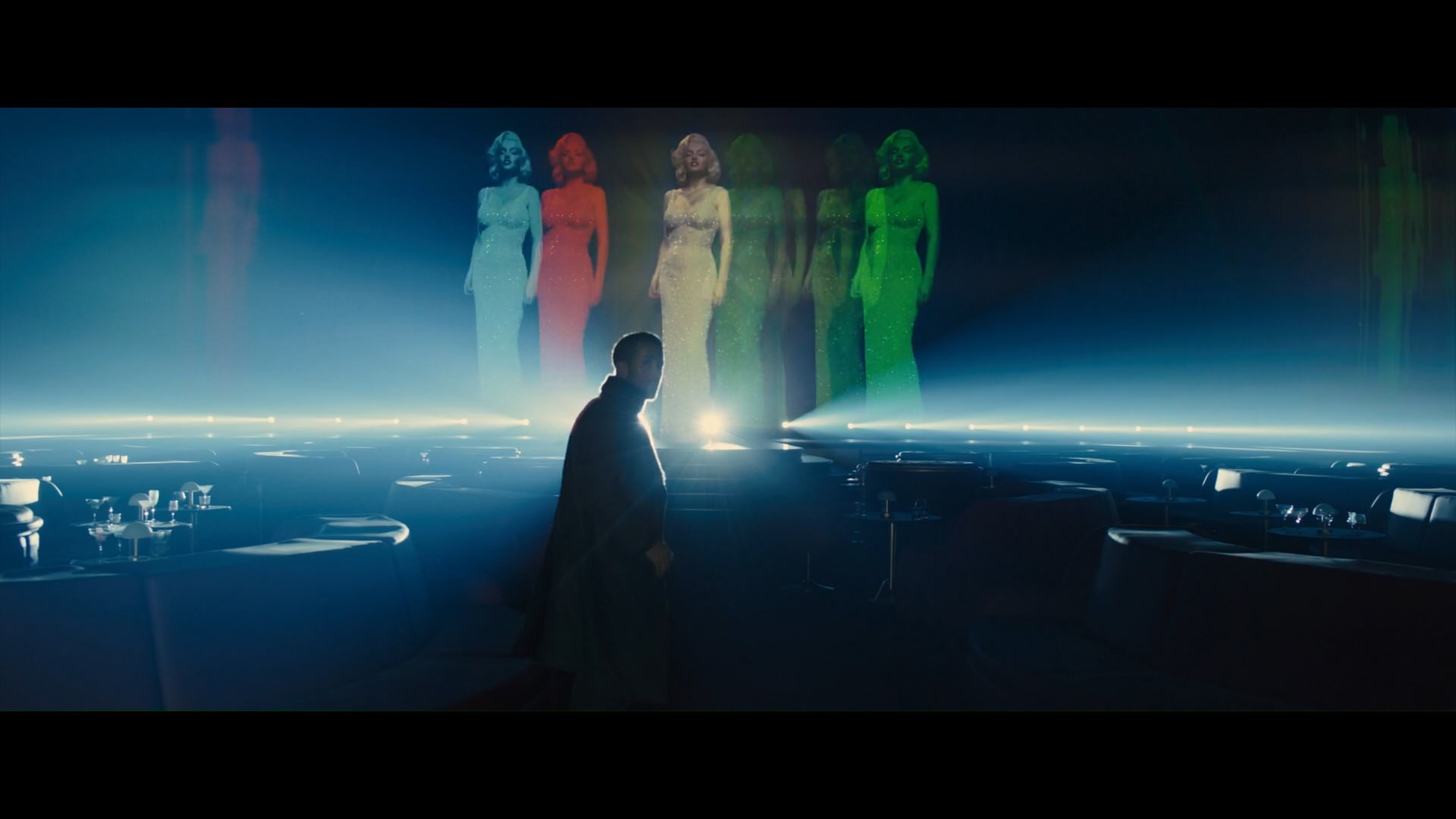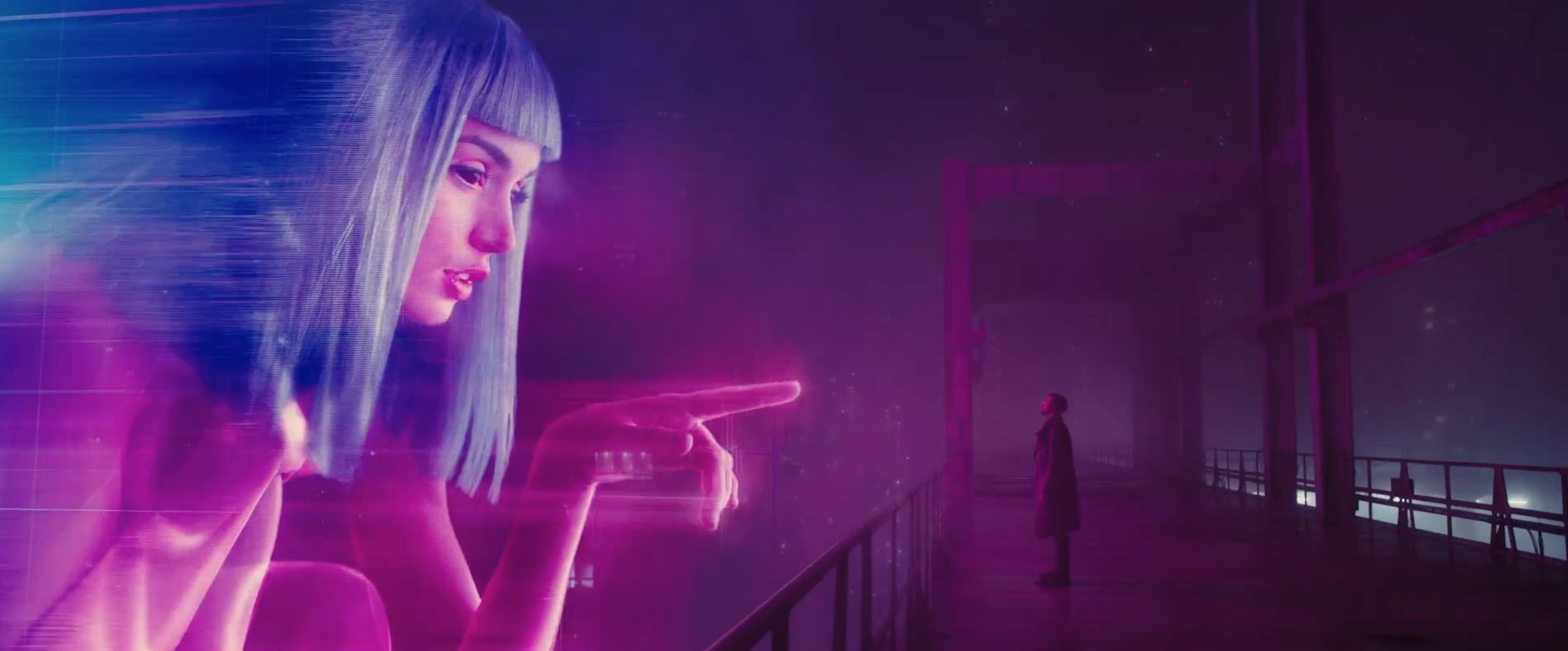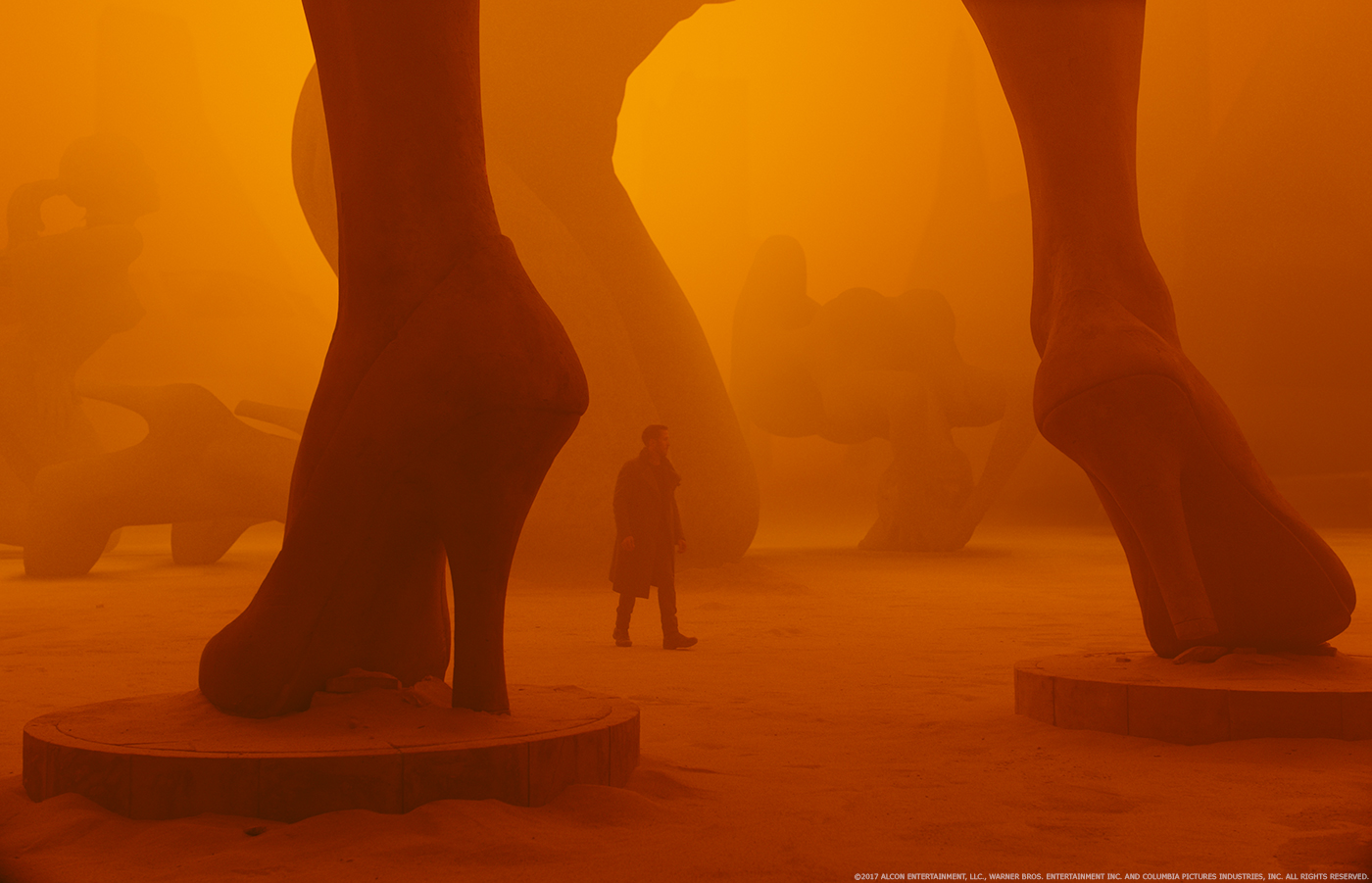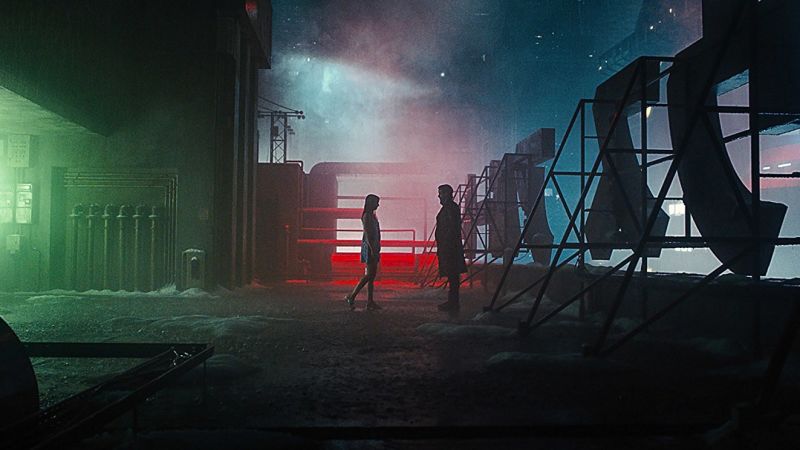The Fashion of Blade Runner - More human than human
Header Image Available from: https://www.ft.com/content/803687a8-9a22-11e7-b83c-9588e51488a0
Thumbnail Image Available from: https://film-book.com
By Hannah Schmidt-Rees
“Is this testing whether I’m a replicant or a lesbian, Mr. Deckard?”
Directed by Ridley Scott, Blade Runner is a 1982 cult science fiction/neo-noir film loosely based on the novel; Do Androids Dream of Electric Sheep?
The year is 2019 (bear in mind this film was released in 1982) and the landscape of Los Angeles has transformed into a dystopian, over-saturated and futuristic society. Neon signs illuminate the decaying streets, full of impersonal people crowding around. Advertisements are broadcasted across the sides of skyscrapers, creating a mix of consumerism and dystopia. Genetic engineering has become so advanced that synthetic humans, known as replicants, have been created to work on off-world colonies. Physically identical to human beings, replicants have superior strength and intellect, but with a life span of 4 years. Replicants were banned from Earth after a 'bloody mutiny'; with specialised police officers, called Blade Runners, are responsible for 'retiring' (you know, killing) escaped replicants. When a group of 4 fugitive replicants escape to Earth, retired Blade Runner Rick Deckard reluctantly agrees to hunt them down.
Blade Runner deals with the religious and moral implications of human advancements in genetic engineering. Ideas of humanity and mortality are also explored. The four replicants return to Earth in order to find answers about their limited existence and ways to increase their life span. These implications and ideas are summed up in Roy Batty's (the last fugitive replicant) dying speech on a rain drenched roof top. He shows mercy to Deckard, saving the life of the man that was just trying to kill him. He speaks about the value of human life, remembering what he's achieved in his short lifetime and considers his own mortality.
“I’ve seen things you people wouldn’t believe. Attack ships on fire off the shoulder of Orion. I watched c-beams glitter in the dark near the Tannhuser Gate. All those moments will be lost in time, like tears in rain. Time to die.”
Every time I watch Blade Runner, I can't help myself from looking at the fashion. It’s just a habit of nature now. Blade Runner's ingenious references to neo-noir through costume design is most notable through the character Rachael. Her personality is cold and confident, sensual but untouchable, but her fashion is bold and armour-like, feminine and mysterious. Structured shouldered blazers are pieced together with a matching pencil skirt, excessive fur coats are worn in the rain, the vintage pompadour reimagined into a futuristic hairstyle.
From a fashion influence point of view, Blade Runner has become a major inspiration for neo-noir/cyberpunk looks and garments. Two of my favourite collections; McQueen's Givenchy Fall 1998 Couture Collection and Gareth Pugh's Fall 2016 Ready-to-Wear Collection; references neo-noir fashion and the character Rachael. The 1940s silhouette, use of latex and leather-look fabric, opulent fur and structured 1980s shoulders create vibes of a powerful and futuristic femme fatale. Similar vibes can be seen in the work of Thierry Mugler (you can read more about him here).
Raf Simons referenced Blade Runner in his Spring 2018 Menswear collection, both in the fashion and the set. Neon signs illuminated the runway, as models are enveloped in long coats and transparent umbrellas. The use of transparent plastic, as seen in Prada's 2002 Fall Collection, references the transparent raincoat that replicant Zhora, wears while fleeing from Deckard.
There's no doubt that Blade Runner has become one of my main fashion inspirations. The character's costumes are believable, yet innovative and daring. The 1940s and 1980s are my two favourite eras of fashion, and I can't get enough of a good padded shoulder and a cinched waist.
A sequel to the original Blade Runner; Blade Runner 2049 was released in late 2017. And whilst I do admit that the fashion just isn't as good, the visuals and the cinematography is amazing. I'm a very visual person, and when something uses colour and composition well, I just fall in love (it's no surprise that I love filmmaker Wes Anderson). Blade Runner 2049 takes the original world and adds a modern spin to it, turning it from a science-fiction drama to an action film, while also using incredible visuals. It's just as deserving of a watch as the original, just for a slightly different reason.
You can’t deny that Science-Fiction films have a large influence on the runway. Other sci-fi films, such as Alien, The Matrix, The Fifth Element and Star Wars and Star Trek franchises have been seen in countless runways, you just need to know where to look.
